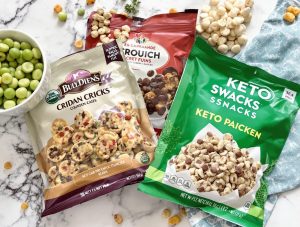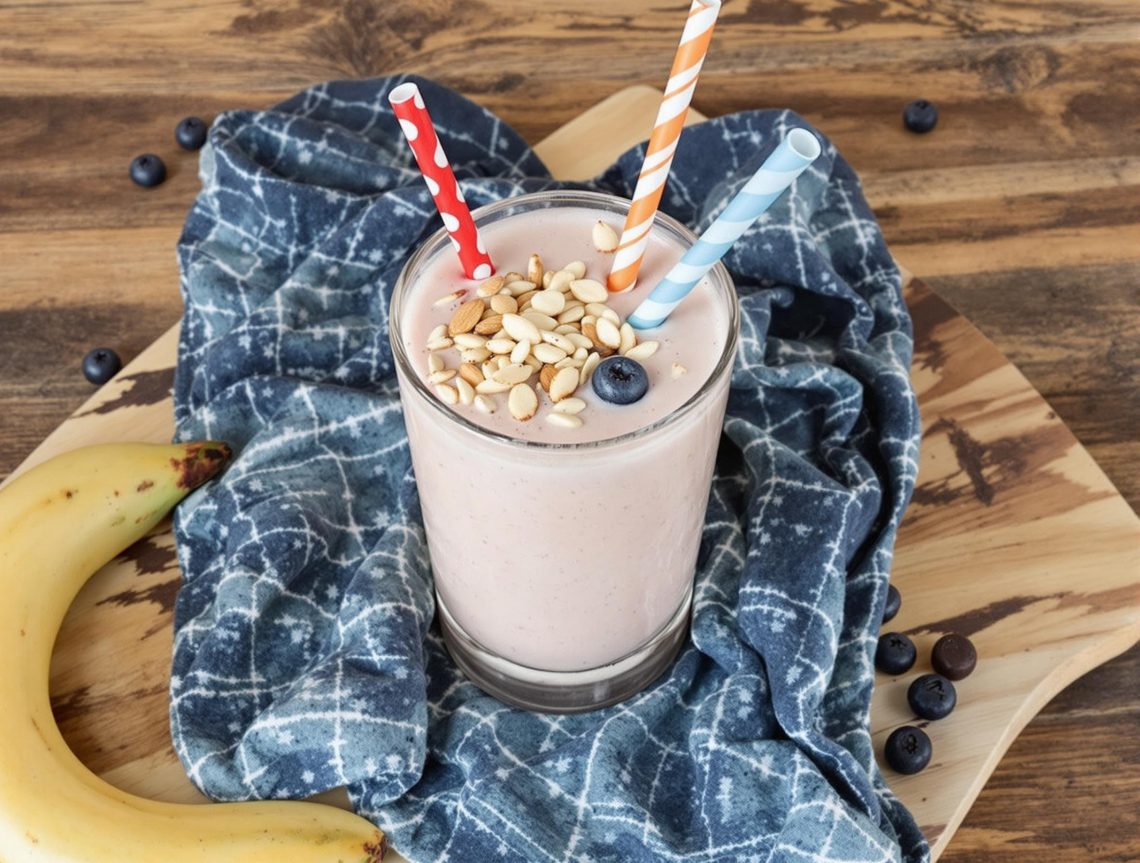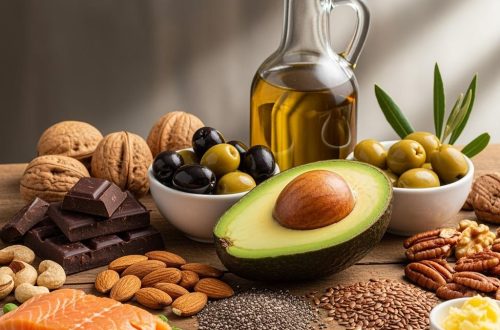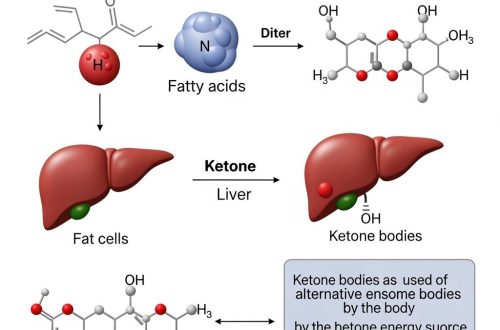The ketogenic diet has gained enormous popularity for its potential benefits in weight loss, improved mental clarity, and management of certain health conditions. But starting keto can feel overwhelming with its strict carbohydrate limits and emphasis on high fat intake. This comprehensive guide will walk you through everything you need to know to begin your keto journey successfully.
Understanding the Basics of Keto
The ketogenic diet is a low-carbohydrate, high-fat, moderate-protein eating plan designed to shift your metabolism into a state called ketosis. In ketosis, your body burns fat for fuel instead of glucose (sugar), which can lead to efficient fat loss and other health benefits.
The standard ketogenic macronutrient breakdown typically looks like:
- 70-75% of calories from fat
- 20-25% of calories from protein
- 5-10% of calories from carbohydrates
For most people, this means limiting carbohydrates to 20-50 grams per day – roughly the equivalent of one apple or a small serving of rice.
Step 1: Consult Your Healthcare Provider
Before making any significant dietary change, especially one as metabolically impactful as keto, consult with your doctor or a healthcare professional. This is particularly important if you:
- Take medication for diabetes or high blood pressure
- Have kidney disease
- Are pregnant or breastfeeding
- Have a history of eating disorders
- Have gallbladder issues
Your doctor can help determine if keto is appropriate for your specific health situation and may recommend monitoring certain health markers during your transition.
Step 2: Calculate Your Macros
Understanding your personal macronutrient needs is crucial for keto success. Your specific requirements depend on factors including:
- Current weight
- Height
- Age
- Gender
- Activity level
- Weight loss goals
Many free online keto calculators can help you determine your target macros. For beginners, focusing on keeping carbs under 20-30g daily is often more important than perfecting your fat and protein ratios.

Step 3: Clean Out Your Kitchen
Now comes a crucial step – removing temptations and non-keto foods from your environment. Go through your pantry, refrigerator, and freezer, and either donate, discard, or store elsewhere:
- Grains and starches (bread, pasta, rice, cereal, etc.)
- Most fruits (except small portions of berries)
- Starchy vegetables (potatoes, corn, peas)
- Sugary items (candy, cookies, ice cream)
- Sweetened beverages
- Low-fat or “diet” products (often high in sugar)
- Processed snacks and chips
Step 4: Stock Up on Keto-Friendly Foods
Replace the eliminated foods with keto-friendly alternatives:
Proteins:
- Eggs
- Poultry (chicken, turkey)
- Beef, pork, lamb
- Fish and seafood
- Full-fat Greek yogurt (in moderation)
- Tofu and tempeh (for plant-based options)
Healthy Fats:
- Avocados and avocado oil
- Olive oil
- Coconut oil and coconut butter
- Grass-fed butter or ghee
- Heavy cream
- Nuts and seeds (in moderation)
Low-Carb Vegetables:
- Leafy greens (spinach, kale, lettuce)
- Cruciferous vegetables (broccoli, cauliflower, brussels sprouts)
- Zucchini and summer squash
- Bell peppers
- Celery and cucumber
- Asparagus
Additional Keto Staples:
- Cheese (cheddar, mozzarella, brie, goat)
- Berries (in small amounts)
- Unsweetened almond or coconut milk
- Herbs and spices
- Coffee and tea (unsweetened)
- Dark chocolate (85% or higher cocoa content)
Step 5: Plan Your First Week of Meals
Having a solid meal plan prevents hunger-driven decisions that might knock you out of ketosis. For your first week, consider keeping meals simple and focusing on proper hydration.
Breakfast options:
- Scrambled eggs with avocado and cheese
- Greek yogurt with a few berries and nuts
- Keto smoothie with almond milk, protein powder, and nut butter
- Bacon and eggs with sautéed greens
Lunch options:
- Large salad with protein, cheese, avocado, and olive oil dressing
- Lettuce wraps with deli meat, cheese, and mayo
- Tuna salad stuffed avocados
- Soup made with bone broth, meat, and low-carb vegetables
Dinner options:
- Grilled steak with butter and roasted vegetables
- Baked salmon with asparagus
- Zucchini noodles with ground beef and low-carb marinara
- Cauliflower rice stir-fry with chicken and vegetables
Snack options:
- Hard-boiled eggs
- Celery with cream cheese or nut butter
- Cheese and cucumber slices
- Small handful of nuts or seeds
- Beef jerky (sugar-free)
Step 6: Prepare for the Keto Flu
Many people experience temporary side effects when first entering ketosis, commonly known as the “keto flu.” Symptoms may include headaches, fatigue, irritability, nausea, and difficulty concentrating. These typically occur within the first few days and last about a week as your body adapts to using fat instead of carbohydrates for fuel.
To minimize these symptoms:
- Stay well-hydrated
- Increase sodium intake (try bone broth or adding salt to foods)
- Supplement with magnesium and potassium if needed
- Get adequate rest
- Consider starting keto over a weekend when you have fewer obligations
Step 7: Track Your Food and Progress
During the initial adaptation phase, tracking your food intake ensures you’re staying within your carbohydrate limits. Several apps (like Carb Manager, Cronometer, or MyFitnessPal) can help you log your meals and monitor macronutrients.
Beyond food tracking, consider monitoring:
- Weight (weekly rather than daily)
- Body measurements
- Energy levels
- Sleep quality
- Mood
- Exercise performance
These metrics provide a more comprehensive picture of your progress than the scale alone.
Step 8: Focus on Sustainability
As you become more comfortable with keto eating, focus on developing sustainable habits:
- Experiment with new recipes to prevent boredom
- Prepare for social situations and eating out
- Have emergency keto snacks available
- Practice mindful eating
- Listen to your body’s hunger and fullness cues
Step 9: Adjust as Needed
No single approach works for everyone. As you gain experience with keto, you might need to:
- Adjust your macros based on your results
- Experiment with intermittent fasting
- Try different versions of keto (targeted, cyclical)
- Modify your approach based on activity levels
Step 10: Consider the Long-Term Plan
Decide whether keto is a short-term intervention or a long-term lifestyle. Some people thrive on long-term keto, while others prefer using it as a reset before transitioning to a less restrictive low-carb approach.
Final Thoughts
Starting the ketogenic diet requires planning and patience, but many find the benefits worth the effort. Focus on whole, nutrient-dense foods rather than processed “keto products,” stay hydrated, and give your body time to adapt. Remember that individual responses vary, and what works for someone else might not work exactly the same way for you.
The journey to better health is personal, and keto is just one possible path. By approaching the diet with knowledge, preparation, and flexibility, you’ll set yourself up for the best possible experience and results.






One comment on “How to Start the Keto Diet: A Step-by-Step Guide”
Comments are closed.